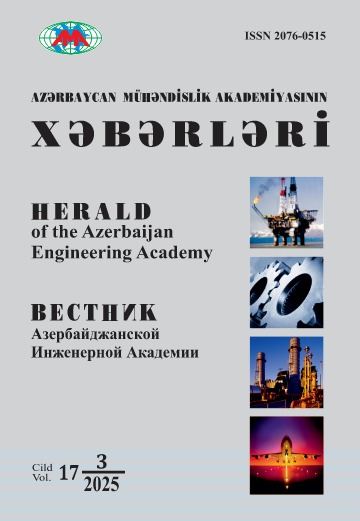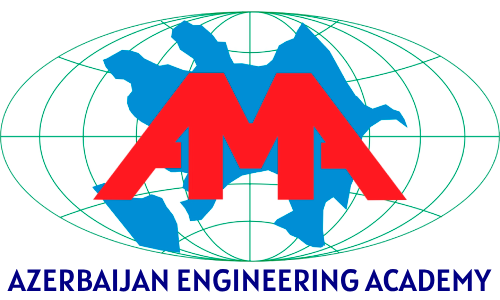Stagnant Zone Features on Well Operations
DOI:
https://doi.org/10.52171/2076-0515_2022_14_01_60_69Keywords:
stagnant zone, formation, bottom hole zone, skin zone, density, filtration velocity, permeability, volumetric filtrationAbstract
Performance of numerous lab and field researches have demonstrated that the basic laws described in fluid filtration theory are relevant for gas filtration as well. Analysis shows that as gasses possess higher permeability coefficients in comparison to fluids, sliding effect occurs, i.e. gas velocity near formation top and bottom (near boundaries) isn’t, unlike fluid velocity, zero. Hence gas filtration is higher than described by linear filtration law. It is determined that development of skin zone at the bottom hole of the well, that increases resistivity of said zone via decrease in permeability, porosity, etc., greatly affects well productivity. Besides that development of that zone during radial gas filtration decreases volume of the depression funnel, that affects well productivity.
Downloads
Published
How to Cite
Issue
Section
License

This work is licensed under a Creative Commons Attribution-NonCommercial 4.0 International License.



